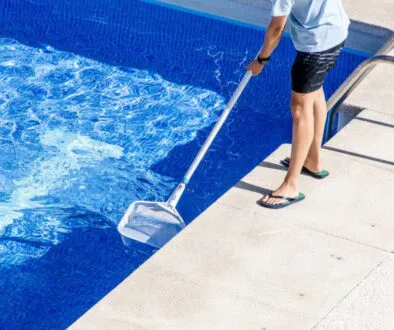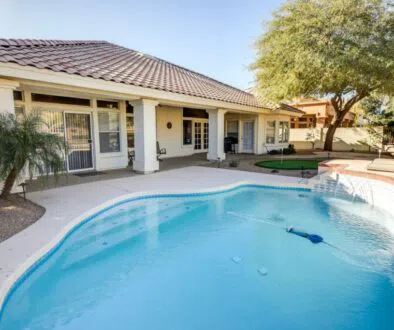How To Drop Alkalinity In Pool: A Comprehensive Guide

Published January 30, 2024
Creating the perfect summer oasis goes beyond water and sunshine; it requires a pristine, well-balanced pool. However, managing alkalinity levels in pool chemistry can be a challenge. It’s time to look into the nuances of pool maintenance as we unravel the mysteries of alkalinity, grasp its significance, and explore practical ways on how to drop alkalinity in pool.
Ready to improve your pool maintenance? In this article, we’ll explore pool chemistry. We’ll understand the impact of high alkalinity and learn practical steps for a safe and enjoyable swimming experience.
Understanding Pool Chemistry
Total alkalinity refers to the pool water’s capacity to neutralize acids, serving as a buffer against drastic changes in pH levels. This crucial attribute safeguards the pool and equipment by preventing corrosion and damage.
Alkalinity and pH are intricately connected. Maintaining balanced alkalinity enhances pH stability, ensuring optimal water quality. However, it’s important to note that excessive alkalinity can induce pH fluctuations. This can lead to pool-related issues, such as cloudy water, decreased sanitizer effectiveness, and potential skin or eye irritation. Therefore, it’s vital to adjust alkalinity levels for maintaining a healthy swimming environment.

Implications Of High Alkalinity
Excessive alkalinity in your pool can lead to various undesirable consequences, such as:
- Water appears cloudy, hindering the enjoyment of a clear and sparkling pool.
- Scaling forms on pool surfaces and equipment. It affects their appearance and functionality.
- Swimmers are prone to skin and eye irritation due to elevated alkalinity levels.
- The disruption in the pH balance leads to calcium buildup, resulting in scaling throughout your pool.
It’s crucial to promptly address high alkalinity to ensure a safe and enjoyable swimming environment.
Causes Of High Alkalinity In Pools
Several factors can contribute to high alkalinity in pools. These factors may include but are not limited to:
- Cyanuric acid. Excessive use of cyanuric acid can increase your pool’s alkalinity level.
- Low sanitizer levels. Once the sanitizer levels are low, it can allow for an increase in alkalinity.
- Pool shock. Certain types of pool shock, particularly those that are calcium-based, can raise the alkalinity level in a pool.
- Hard water. Excessive levels of minerals in the water, such as calcium and magnesium, can contribute to increased alkalinity.
- Inadequate pool maintenance. If you don’t maintain your pool, including testing and treating the water, it can lead to high alkalinity levels.
- Source water. The source water quality used to fill the pool can impact alkalinity levels.
- Environmental factors. Surrounding environmental conditions, such as high levels of dust or debris, can affect alkalinity in the pool.
Remember, it’s crucial to maintain proper pool water balance. Monitor alkalinity levels to ensure a safe, enjoyable swimming experience.
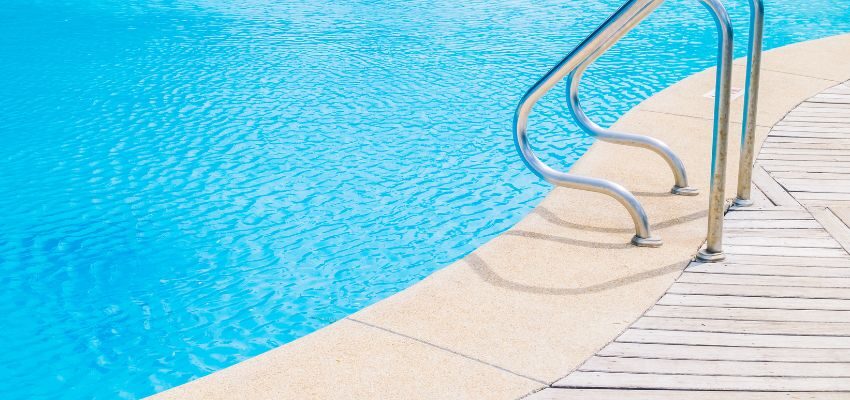
Practical Methods On How To Drop The Alkalinity In A Pool
Is your pool’s alkalinity causing issues? Here are practical methods on how to drop alkalinity in pool. These methods involve using muriatic acid and sodium bisulfate with steps to deal with excessively high levels. Remember to observe safety at all times.
Muriatic Acid
If you decide to use muriatic acid, choose the pool-grade variant. It’s similar to hydrochloric acid, but has a lower hydrogen chloride concentration. It works well in lowering total alkalinity, eliminating calcium deposits, and cleaning filters. However, it’s more corrosive and dangerous to handle than sodium bisulfate. Even though it’s somewhat diluted, certain brands need further dilution before adding to the pool.
- Wear a mask, gloves, and goggles to protect yourself from fumes. Follow the manufacturer’s instructions for adding the acid to the pool.
- Switch off the pool’s pump and wait until the water ceases to move.
- Determine the amount of muriatic acid to add to the water. The general rule is that it takes 25.6 ounces of full-strength muriatic acid to lessen the alkalinity level in a 10,000-gallon pool by ten ppm.
- Add the muriatic acid to the deep end of the pool.
- Allow the acid to circulate by running the pump on for several hours, ideally at least 5 hours.
- Test the alkalinity levels using a pool testing kit.
- Repeat the process if necessary to achieve the desired alkalinity level.
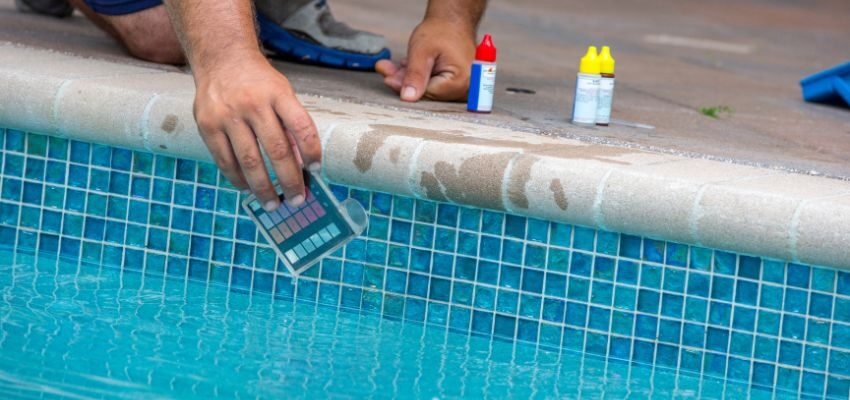
Sodium Bisulfate
Sodium bisulfate, or dry acid or acid salt, is a pH reducer. It functions similarly to muriatic acid but is relatively safer to use. While this method on how to drop alkalinity in pool is safer, it can be more costly. Additionally, you need a dry storage space to protect it against moisture. Using sodium bisulfate will lower both the alkalinity and pH, so make sure to retest both levels afterward.
- Safety should always be the priority when working with chemicals. Wear protective gear at all times.
- Be ready with a bucket that you need to fill ¾ with water. Add the recommended dosage of sodium bisulfate. Mix the solution until the granules fully dissolve. Any undissolved granules may sink to the pool’s bottom and damage its surface.
- Pour the solution evenly around the pool, starting at the deep end.
- Switch on the pool pump for several hours to ensure proper circulation.
- Retest the alkalinity and pH of the water after a few hours. If necessary, repeat the procedure until the desired level is attained.
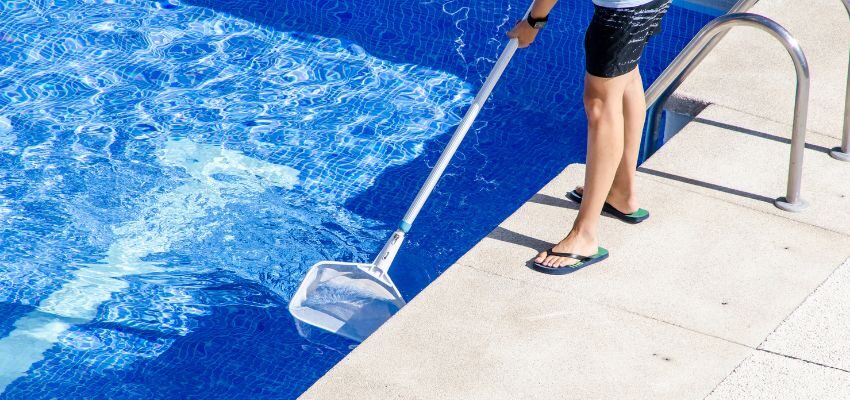
Maintenance Tips To Prevent High Alkalinity
Proper pool maintenance is critical to preventing high alkalinity in your pool. Here are some tips to help you maintain balanced alkalinity levels and ensure a healthy swimming environment.
- Regularly test and adjust your pool’s chemistry, ideally once every week, to ensure proper balance. The ideal range for the alkalinity of pools is within the 80 to 120 parts per million (ppm) range.
- Avoid excessive use of chemicals. For example, cyanuric acid and certain types of pool shock can increase alkalinity.
- Keep track of the pH levels and make necessary adjustments to prevent alkalinity buildup.
- Use a pool water stabilizer, if needed, to help maintain balanced alkalinity levels.
- Routinely clean and maintain your pool filter to prevent debris buildup. Debris can impact water chemistry and alkalinity.
- Consider using alternative pool shock products that have lower alkalinity effects.
If you’re uncertain about maintaining proper alkalinity levels in your pool, seek advice from reputable providers of Boca Raton pool services. Keeping the right pool chemistry prevents high alkalinity.
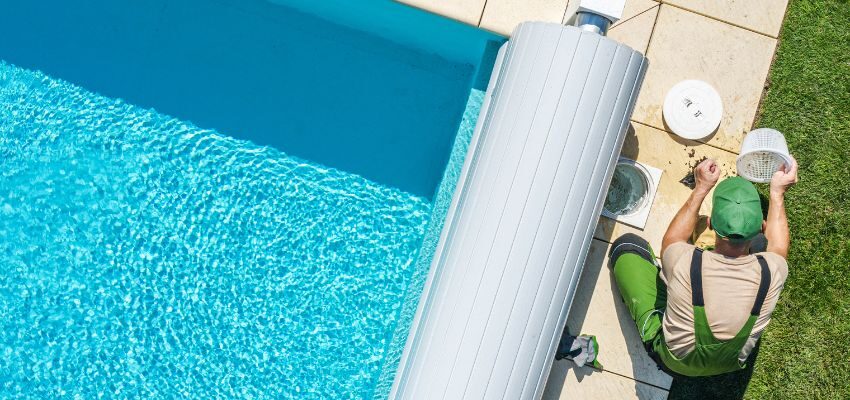
Frequently Asked Questions On How To Drop Alkalinity In Pool
How often should I test the alkalinity of my pool?
It’s recommended to test the total alkalinity of your pool at least once a week. However, if your pool is frequently used or experiences extreme weather conditions, you may need to test it more often.
What should I do if the alkalinity of my pool remains consistently high?
If your pool’s alkalinity remains high despite your efforts, seek guidance from a pool professional. Working with one will help pinpoint the issue and provide you with recommendations on managing your pool’s chemical balance.
Can I swim in a pool with high alkalinity?
Yes, swimming in a pool with high alkalinity is possible, but it may not be comfortable. High alkalinity can result in cloudy water and cause skin and eye irritation.
Can I utilize baking soda to lower the alkalinity in my pool?
No, using baking soda will increase the alkalinity. To lower the alkalinity level, you must use an acid such as sodium bisulfate or muriatic acid.
Should I adjust pH or alkalinity first?
Adjusting the total alkalinity first is recommended, as it acts as a buffer for pH. Once the alkalinity is within the appropriate range, you can proceed with the steps on how to lower pH in pool to make necessary adjustments.
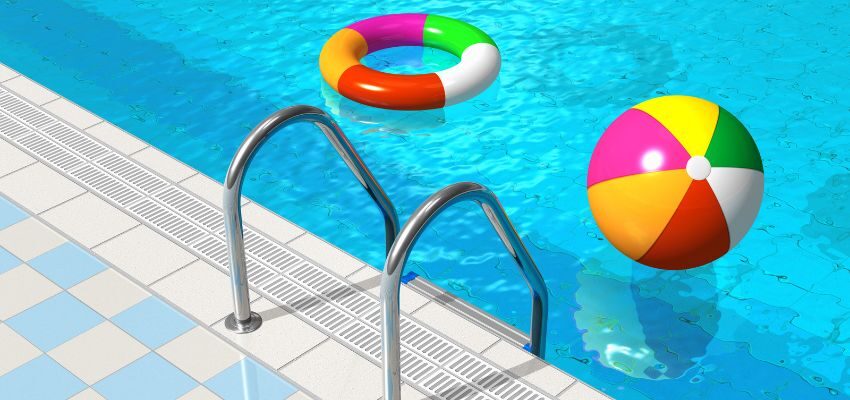
Mastering Pool Alkalinity For A Splash-Worthy Summer
Understanding and maintaining your pool’s alkalinity is vital for the health of your pool and those who enjoy it. Being familiar with how to drop alkalinity in pool is essential. This guide allows you to manage and correct high alkalinity for a clean, clear, and safe swimming experience. Take charge of your pool paradise today—follow these steps and confidently make a splash.
Hire Boca’s Favorite Pool Builders
Excel Pool and Patio Solutions is your trustworthy provider of pool services in Boca Raton. We are experts in pool and patio remodeling and can handle your resurfacing needs as well. Our technicians are vetted and trained for your guaranteed satisfaction. Get to know us by browsing our website or reaching out to us with any questions.
Contact our team today to request a free estimate for pool construction, maintenance, repairs and more.
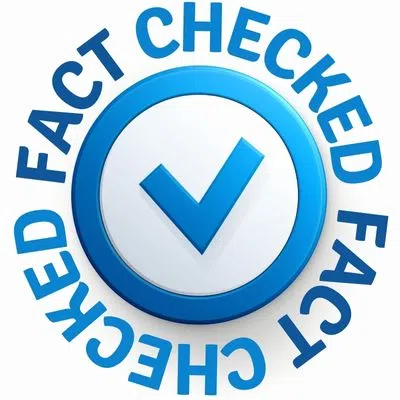
Fact Checked By Experts
This is original content and has been diligently fact checked by our internal team of experts. Discover more about the rigorous editorial standards we uphold for our website here.

About The Author
I am Tracy Gorman, a seasoned writer from the Philippines. I possess the research and writing skills to delve into any niche. Get to know me!

